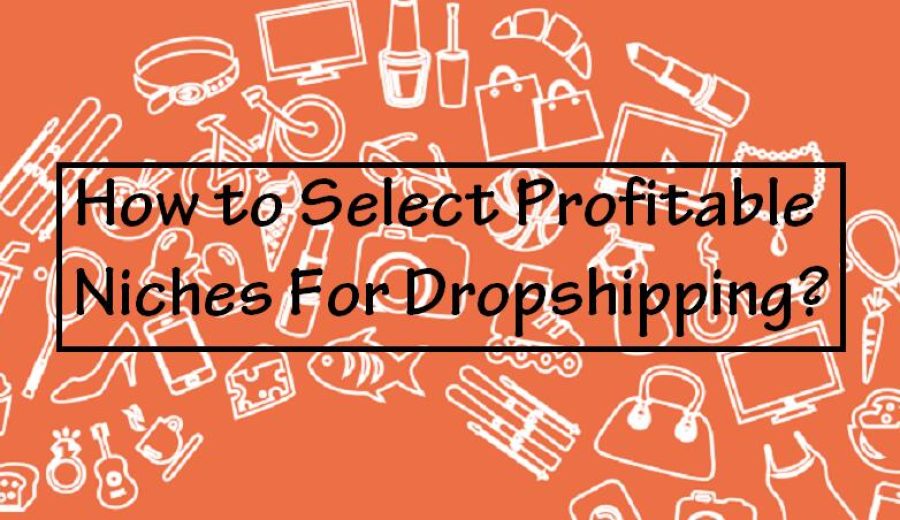Dropshipping is a very promising business model and the dropshipping market is exceptionally competitive. It’s even more promising when you choose the profitable niches for dropshipping so that you can get more sales. This niche that you select can make or break your dropshipping business. So how do you select profitable niches for dropshipping? There are some instructions that you can refer to.
Find Popular Niches
You can start by looking at Amazon best sellers or Amazon most wished for lists or other top retail’s best-selling lists to find popular niches. You can also use the Trendhunter tool which uses some AI magic to find popular products.
In addition, you can keep an eye on the trending projects on Kickstarter to see what niches will get some good traction shortly.
Popular niches can be easy or hard to sell. In dropshipping, the big players are the usual trend-setters. They spend a lot of money on marketing to promote products, making some niches popular.
The micro players can select the same niches and easily piggyback on the popularity of such trends and sell dropshipping products. However, since popular products have too many competing sellers, it may leave you with a very slim profit margin.
The trick is to find a popular niche you can make unique to your own store in some way, and find a way to have a competitive edge to compete against other retailers based on price, selection, choice, or availability.
Find Accessory-heavy Niches
Merchants rarely make much on big-ticket items and maybe only earn 5 to 10% on products like laptops and TVs. Where they really make their money is on the accessories.
Accessories enjoy significant markups and customers are much less price-sensitive about them. A buyer might shop for weeks to get the best deal on a TV, but wouldn’t think twice about dropping $30 on an HDMI cable from the same place. Yet there’s a good chance the business made nearly as much profit on the cable as it did on the flatscreen.
When you choose a niche with lots of accessories, you’ll enjoy significantly higher profit margins and fewer price-sensitive shoppers.
Find Niches Hard to Find Locally
If you sell a product that the customer might not find around, turning to an eCommerce platform will be their only option. And you’ll be able to get in front of the vast majority of your customers as they search online. Your shop can swoop in and sell the product.
While you ideally want something difficult to source locally, you also need to ensure there’s ample demand for the product.
You can still sell online the products that are available locally: if you add your own twist to them. For example, Have a Rest is an eCommerce website that sells suitcases, but the suitcases are designed to perfection and are equipped with features that your regular luggage would not have.
Use Personal Experience
Consider choosing a niche that you have actual experience in using. If you have used a niche, you can share your knowledge with your customers. This provides you with a competitive advantage because you can explain the technical aspects of the product and its various uses to prospective customers which will help you sell the product.
And if you have rich experience in marketing, particularly storytelling, choose niches whose stories resonate with you and you can tell very well to your prospective customers.

Check Google Trends
You can check Google Trends for the number of traffic keywords related to your niche generate to see the market size: for example, a great number of people search for shoes on search engines such as Google, but perhaps not as many will be looking for red shoes size 8.
You can also check Google Trend for the trend of people’s interest in your niche over time in case the demand of the niche is seasonal or just a pulse, which diminishes quickly. It is better to avoid seasonal or pulse trends as niches, as the usage of your store or listings is going to be limited to a minor period.
You can select the niches that showed stability or a slight growth on Google Trends.
For example, Men’s Fashion shows stability which will likely continue as it’s an evergreen niche.

Select the Price and Profit Margin
Recognize the best price points for each product category in your niche. For example, a high-end t-shirt priced over $50 is acceptable but an everyday white T-shirt worn for lounging at home isn’t. Finding the most optimal price points takes some in-depth research.
On Spocket, the listing prices and the suggested retail prices can give you an idea of the profit margin. However, that is the price of the product excluding the shipping costs and possibly customs.
If your profit margin can still be sustained after the extra charges are added to the wholesale price, then the niche is good to go. The following image shows the extra charges.
Try to choose niches that you can sell with a 30% or more profit margin. The more popular the niches, the more likely you’ll earn less because you’ll have to keep your prices low to stay competitive.
However, there are some niches that allow you to make handsome profits, you just need to research more to find them and decide for yourself if the profit margin is worth it.

Find Reliable Suppliers
When it comes to dropshipping niches, you need to see whether you can find reliable suppliers for the niches you select or not. Your suppliers provide your customers with the products and they’re an integral part of the dropshipping process. You will need to start scouting for suppliers that can be trusted and are reliable.
Reliability consists of a number of factors: does each order of the supplier stick to the same time guidelines with regards to shipping, will the supplier be quick to reply in case a query pops up, and how are their returns handled–all these questions need to have favorable answers for a supplier to be good.







